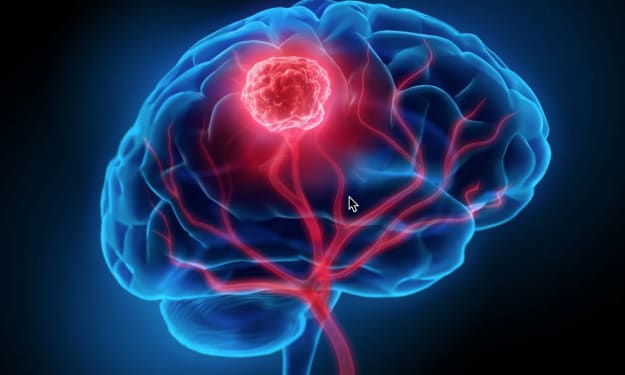How to Prepare and Construct an RNA Sequencing Library?
How to Prepare and Construct an RNA Sequencing Library?

RNA is a polymeric molecules composed of nucleotides that are required for gene coding, decoding, regulation, and expression. In molecular biology, DNA's genetic information gets transcribed into multiple copies of messenger RNA (mRNA), and then mRNA is translated into proteins. This is why cells can synthesize several protein molecules from a single gene at a given point of time. However, only 1-4% of total RNA are mRNA, the rest of which are generally non-coding, called non-coding RNA (ncRNA). ncRNA is unable to be translated into protein but there are many types of them, which have different biological functions.
Therefore, it's necessary to analyze the total RNA molecules for a better understanding of gene expression, which is called transcriptome analysis. Gene expression analysis can be used to monitor the response of a gene to treatment with a compound or drug of interest. Leveraging features of the next-generation sequencing (NGS), RNA sequencing (RNA-Seq) can efficiently detect and quantify RNA in a biological sample at a given point in time. Researchers often take advantage of the high-throughput sequencing data, broad dynamic range, and high sensitivity from NGS to investigate the whole transcriptome of a single cell or a population of cells without using probes and to detect differentially expressed genes.
Protocol of RNA-seq
Though with a slight difference for different RNA sequencing experiments, the protocol is generally similar and involves these steps:
- The complete set of transcripts of the target cell or tissue should be isolated from the sample.
- If a specific type of RNA is to be profiled, researchers need to purify and enrich that kind of RNA from the total RNA molecules.
- Make an RNA sequencing library that consists of a pool of complementary DNA (cDNA) fragments with adapters attached.
- Perform sequence with the next-generation sequencing platform.
- Finally analyze the short-read sequencing result.
Before being sequenced by the next-generation sequencing platform, the RNA sample is required to be fragmented, end-repaired, and collected into adapter-ligated libraries. The RNA-Seq library preparation is dependent on the NGS platform applied and can influence the results generated by NGS experiments. Fortunately, most service providers will offer library preparation kits for directional and non-directional RNA library prep that match their platforms for sequencing with stable reagents and streamlined workflows.
Preparation of RNA Sequencing Library for NGS
There are two common library preparation methods, ligation-based library prep and tagmentation-based library prep. The ligation method separates the steps of DNA fragmentation and ligation of adapters to the ends of the fragments, while the tagmentation method combines DNA fragmentation and adapter ligation into one reaction step. Take ligation-based library preparation as an example, here are the two major steps required to prepare an RNA sequencing library.
A ligase enzyme covalently will link the adapter and insert cDNA fragments, making a complete library molecule. These adapters have different functions so their sequences specific to the NGS platform should also be attached to the flow cell to allow RNA sequencing.
- PCR amplification
Amplification of libraries is optional and depends on the adapter type and input used. The remaining oligonucleotides and small fragments should be removed using magnetic beads or a spin column if PCR amplification is applied.
Besides, researchers might need to consider reverse transcription of RNA and cDNA synthesis and whether or not to preserve strandedness. The adaptor sequences that will be specific to the sequencing platform must also be added to the end of the fragments. Once the RNA sequencing library gets prepared, researchers can go ahead with the next step in the next-generation sequencing workflow.





Comments
There are no comments for this story
Be the first to respond and start the conversation.